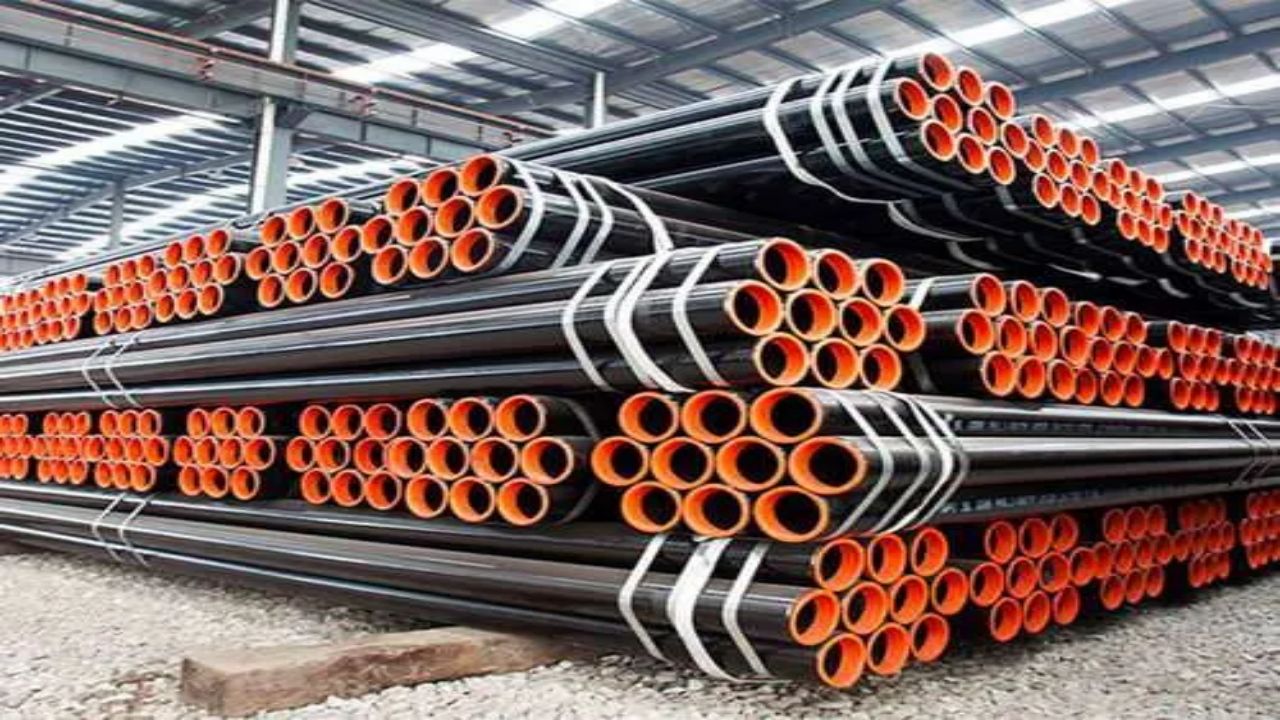Reagrdless of the industry, technological advancements have had a major impact in revolutionzing the operations and process. Technology has indeed tranfoemed the way line pipes are designed, produced and installed.
Traditional line pipes relied heavily on manual labor and conventional techniques. A line pipe manufacturer had to think ahead of time because conventional methods were time consuming and lack of advanced machinery reduced the production capacity.
However, with the introduction of technology, line pipe manufacturing has undergone significant advancements, leading to increased efficiency, quality, and overall performance.
Let’s explore in this article how technology has benefited line pipe manufacturers across the globe.
Impact of Technology on Line Pipes Manufacturing
Enhanced Material Properties
One of the key areas where technological advancements have made a substantial impact is in improving the material properties of line pipes. Traditional line pipe materials, such as carbon steel, have been widely used for their strength and corrosion resistance. However, advancements in metallurgical research and manufacturing processes have led to the development of high-strength and high-performance materials.
Innovative alloys, such as high-strength steel and corrosion-resistant alloys, have emerged, offering superior mechanical properties and extended service life. These materials can withstand high pressures, extreme temperatures, and corrosive environments, ensuring the integrity of the pipeline systems.
Improved Manufacturing Processes
Technological advancements have also revolutionized the manufacturing processes of line pipes, making them more efficient and cost-effective. Advanced welding techniques, such as automated welding and laser welding, have replaced traditional methods, resulting in higher precision, increased productivity, and improved weld quality.
Furthermore, the advent of computer-aided design (CAD) and computer-aided manufacturing (CAM) has streamlined the entire manufacturing process. Manufacturers can now design complex pipe geometries, optimize material usage, and simulate various operating conditions to ensure optimal performance. This integration of technology has reduced material waste, minimized human errors, and accelerated production timelines.
Quality Control and Testing
Ensuring the quality and reliability of line pipes is of paramount importance. Technological advancements have significantly enhanced the quality control and testing procedures in line pipe manufacturing. Non-destructive testing (NDT) techniques, such as ultrasonic testing and magnetic particle inspection, have become more sophisticated, allowing for the detection of even the smallest defects.
Real-time monitoring systems equipped with sensors and advanced analytics have also been implemented to continuously monitor the structural integrity of pipelines during operation. This proactive approach enables timely detection of any anomalies or potential failures, ensuring the safety and reliability of the pipeline infrastructure.
Environmental Sustainability
In recent years, there has been a growing emphasis on environmental sustainability in the manufacturing industry, and line pipe manufacturing is no exception. Technological advancements have led to the development of environmentally friendly coatings and liners for line pipes, reducing the environmental impact of pipeline operations.
Additionally, advanced pipeline monitoring systems and leak detection technologies have been implemented to minimize the environmental risks associated with pipeline transportation. These technologies enable early detection and prompt response to any leaks or spills, reducing the potential for environmental contamination.
Conclusion
The current development in line pipes manufacturing promises innovation and exciting opportunities. Advanced technologies such as additive manufacturing (3D printing), nanotechnology, and smart materials are likely to play a significant role in further improving the performance and efficiency of line pipes. The integration of artificial intelligence (AI) and machine learning algorithms will enable predictive maintenance and optimize pipeline operations.


